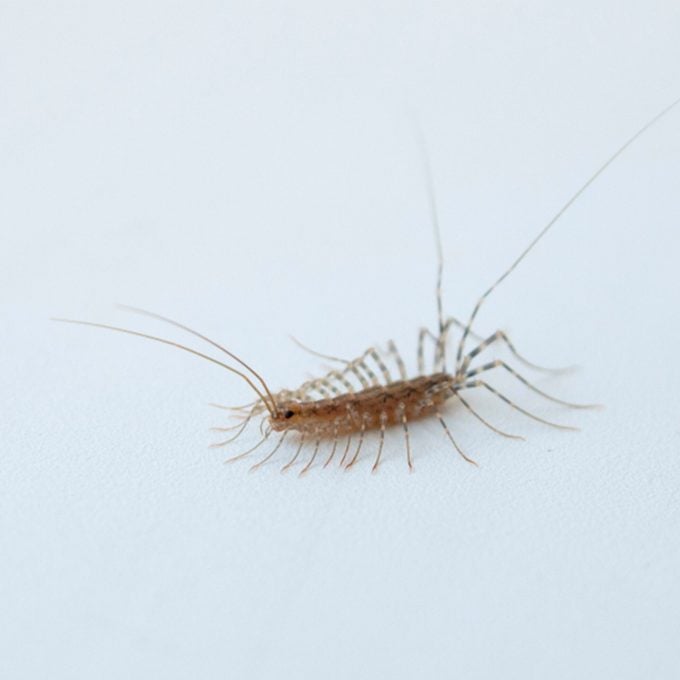They're a common household pest, and there are several species. We've got the answer to "are centipedes poisonous" and other FAQs.
Are Centipedes Poisonous?

Multi-legged creatures lurking around your feet might be enough to make you run for the hills. It’s easy to come across a centipede, for example, especially if you’re the outdoorsy type. They’re often found in soil and leaf litter, under stones and dead wood and inside logs. But should you be worried about getting up close and personal with them? What do you do if they’re in your house? And are centipedes poisonous?
Is a Centipede Poisonous?
The first thing you should know is, a centipede is predatory and venomous. They possess maxillipeds, which are a modified pair of front legs. These legs curve around the head and behind mandibles, and they enter a victim’s tissue to inject venom. The venom is produced by a gland at the base of their fangs, which they release when capturing prey, squeezing the muscles around it and shooting poison through tiny ducts.
What Does a Centipede Bite Look Like?
Though the scene sounds frightening enough to make you skip yard work ever again, the truth is the venom isn’t typically strong enough to cause adverse reactions in people, making for a non-life-threatening bite to most humans (though kids and adults with a history of insect allergies should be weary and closely observed after a bite).
The result is a bite that’s more painful than anything else, and should you get bit, expect the swelling and discomfort to mimic a bee sting. It should subside within a few hours, and maximum, a few days. The smaller the centipede, the less likely the bite will hurt.
“There are more species of this arthropod than there are legs on the leggiest of centipedes,” explains Terminix. “You may be relieved to know that house centipedes are not harmful. They can help out around the house, as they like to eat spiders, insects and other common pests. They’re not exactly easy on the eyes, though, and are most easily recognized by their long legs.” There are also Amazonian giant centipedes, which are some of the largest on the planet, Texas redheaded centipedes. Their unique coloring, consisting of a red head, bright yellow legs and black body, let predators know to stay away.



















